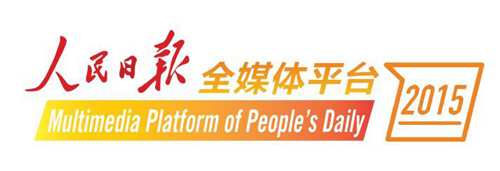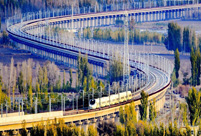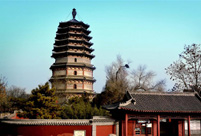


Farmers harvest lotus rhizomes in Xinzhuang township, Suqian of East China’s Jiangsu Province. (Photo: Suqian Daily)
As a groundbreaking innovation launched by China at the end of last year, the supply-side structural reform has now grown into a “guidepost” for China’s economic development. The topic is also believed to be on the top agenda during this year’s “two sessions.”
Upon the start of the annual meetings of the National People’s Congress and the Chinese People’s Political Consultative Conference, the public began to wonder whether this theoretical innovation will drive China to a new round of growth or bring the world new opportunities.
The supply-side structural reform, proposed at last year’s Central Economic Work Conference, was one of China’s efforts to improve supply structure amid an economic slowdown.
For now and in the near future, the Chinese economy will encounter both supply-side and demand-oriented roadblocks, however, the main conflict is rooted in the supply side.
While certain industries are mired in overcapacity, some key equipment, core technologies and high-end products still heavily rely on imports.
Meanwhile, some consumption needs cannot be met by domestic suppliers. A significant amount of Chinese consumers are splurging overseas or on foreign products, even items like electric cookers and toilet covers.
As a remedy to China’s economic woes, the reform was introduced to reduce ineffective and low-end supply as well as enhance the flexibility of the supply structure. Productivity will be improved as well.
The reform also brings impetus to traditional industries. Xizhuang township in East China’s Jiangsu Province, a town producing lotus rhizome, is one of those benefiting from the reform. Zang Qiyong, the Party secretary of the town, explained that local market used to be bleak, but after they diversified their lotus products, their sales online are taking off.
With a focus on “structure,” China distinguishes its supply-side reform from supply-side economics traditionally defined by the Western economists. Traditional supply-side economics advocate that supply will create demand, and they can strike a balance in the market without any external interference.
Typical policy recommendations of supply-side economists are lower tax rates and less government regulation. China, on the contrary, stressed improving the role of the government.
In addition, China’s emphasis on supply-side reform does not mean it will ignore demand management, which is also different from the one-sided supply-side economists in the West.
While advancing the reform, China also implements five policy pillars accordingly, namely stable macro-policy, accurate industrial policy, flexible micro-policy, firm reform policy and solid social policy. They will also create a better environment for supply-side structural reform.
The determination of the Chinese government also deserves attention. Currently China is cutting down on excessive capacities in order to make room for emerging industries and improve both the quality and effectiveness of economic development.

 China has world's largest high-speed rail network
China has world's largest high-speed rail network Top beauties in Chinese provinces
Top beauties in Chinese provinces 600 people attend Lusheng playing contest in S China
600 people attend Lusheng playing contest in S China Engineer troop builds bridge in real combat conditions
Engineer troop builds bridge in real combat conditions You can urinate in public in Chongqing
You can urinate in public in Chongqing Rice terrace scenery in southwest China's Yunnan
Rice terrace scenery in southwest China's Yunnan 2016 Miss Chinatown USA pageant held in San Francisco
2016 Miss Chinatown USA pageant held in San Francisco Ancient pagodas across China
Ancient pagodas across China Wedding dress show up in the air
Wedding dress show up in the air Top 20 hottest women in the world in 2014
Top 20 hottest women in the world in 2014 Top 10 hardest languages to learn
Top 10 hardest languages to learn 10 Chinese female stars with most beautiful faces
10 Chinese female stars with most beautiful faces China’s Top 10 Unique Bridges, Highways and Roads
China’s Top 10 Unique Bridges, Highways and Roads Harris is making waves in S.China Sea
Harris is making waves in S.China Sea With new plant, Airbus seeks to secure China market share
With new plant, Airbus seeks to secure China market share Chinese sound off on America’s loudest presidential hopeful
Chinese sound off on America’s loudest presidential hopeful 40 years after Cultural Revolution, repentance of Red Guards is still rare
40 years after Cultural Revolution, repentance of Red Guards is still rareDay|Week